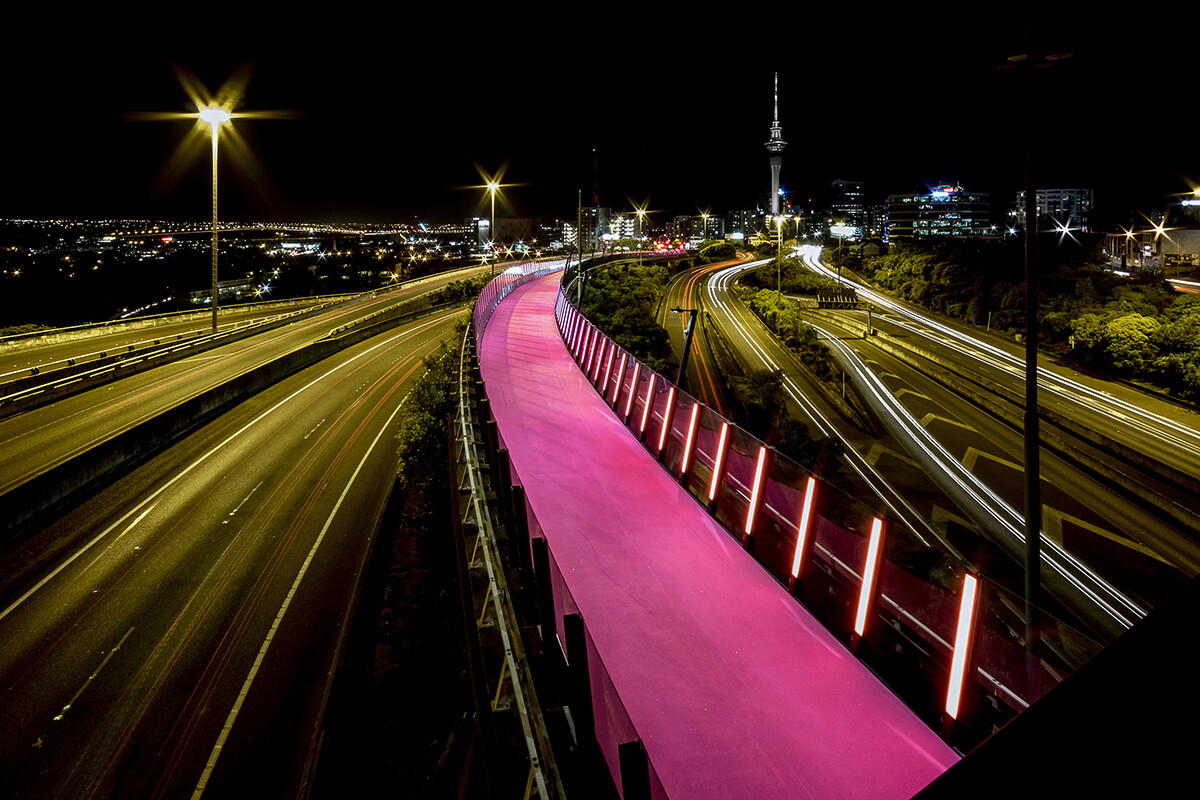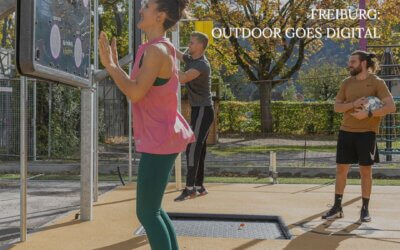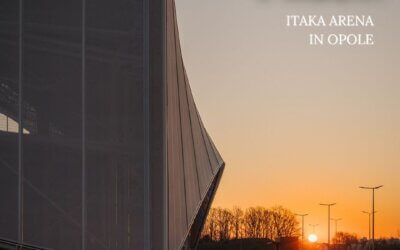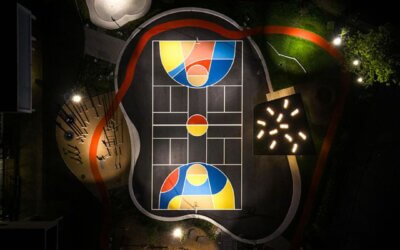Summer Night City
Light Path in Auckland
Monk Mackenzie Architects, LandLAB, GHD
About
Light Path transforms six hundred meters of redundant highway infrastructure into a dynamic cycleway completing a vital link in Auckland’s innercity cycle network. Stage 1 of the Light Path was opened in December 2015, stage 2 opened two years later.

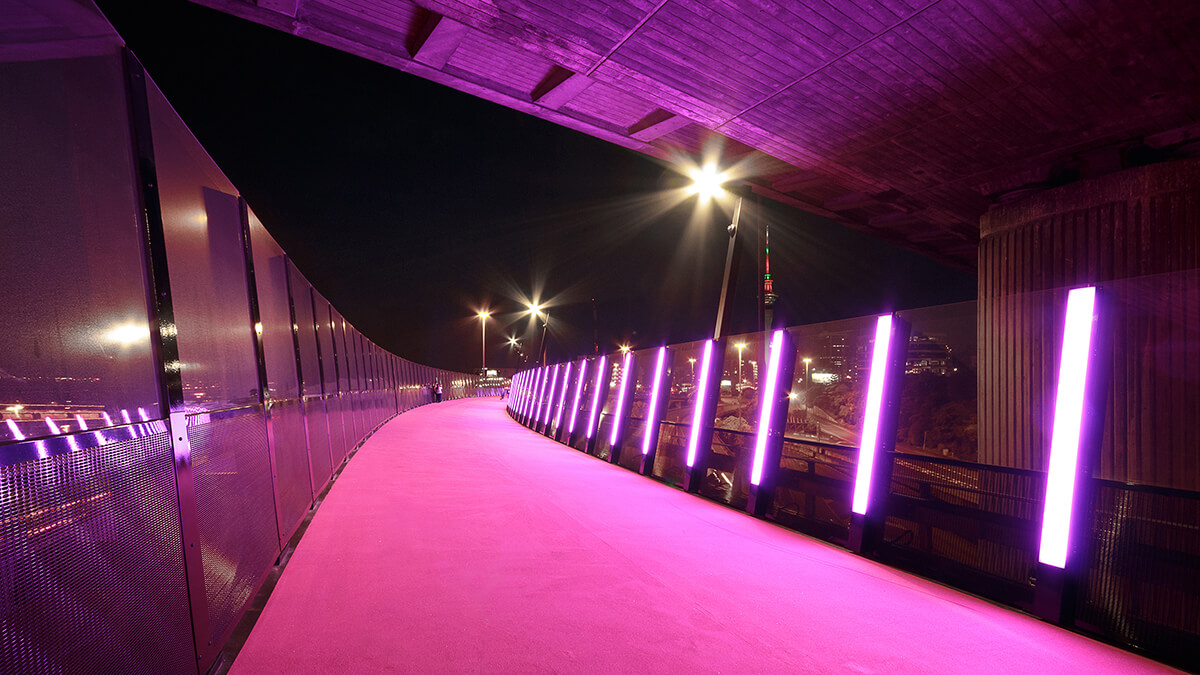
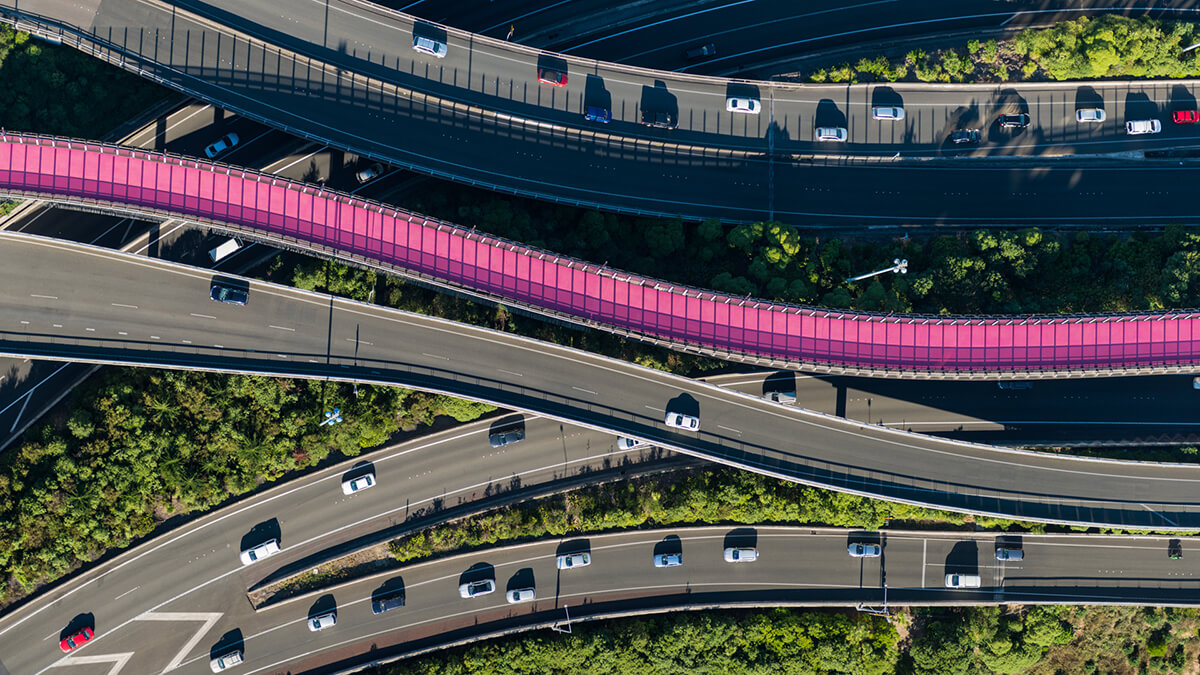
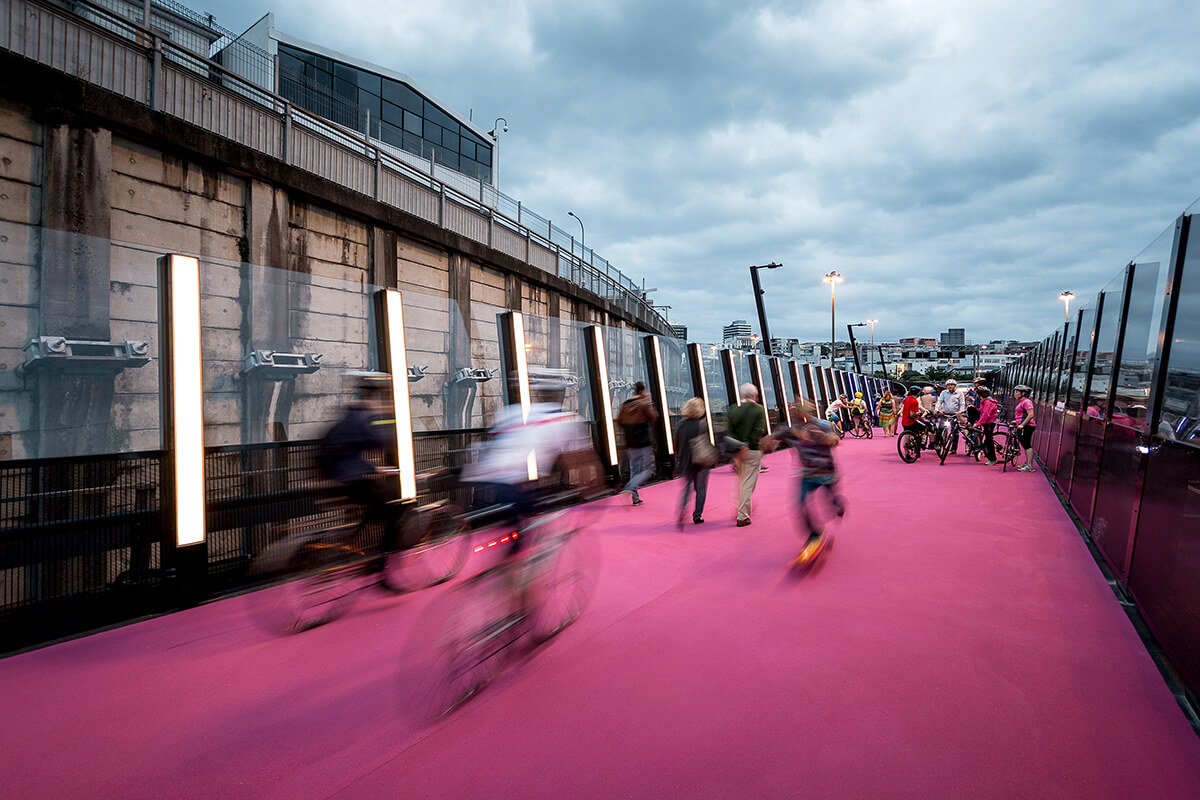
Striking
The design is bold and confident with all elements well integrated into the singular and simple form of the path. It is the power of this design strategy that elevates a utilitarian pathway to a much more complex space of inhabitation, and creates a distinctive urban landmark for the city.
The city and the individual
To create an impact at this wider city scale a simple yet bold strategy was employed. The former asphalt highway was given a highly vivid and provocative pink resin and aggregate surfacing. This transformed the space from a disused highway into a highly contemporary urban space used by cyclists and pedestrians.
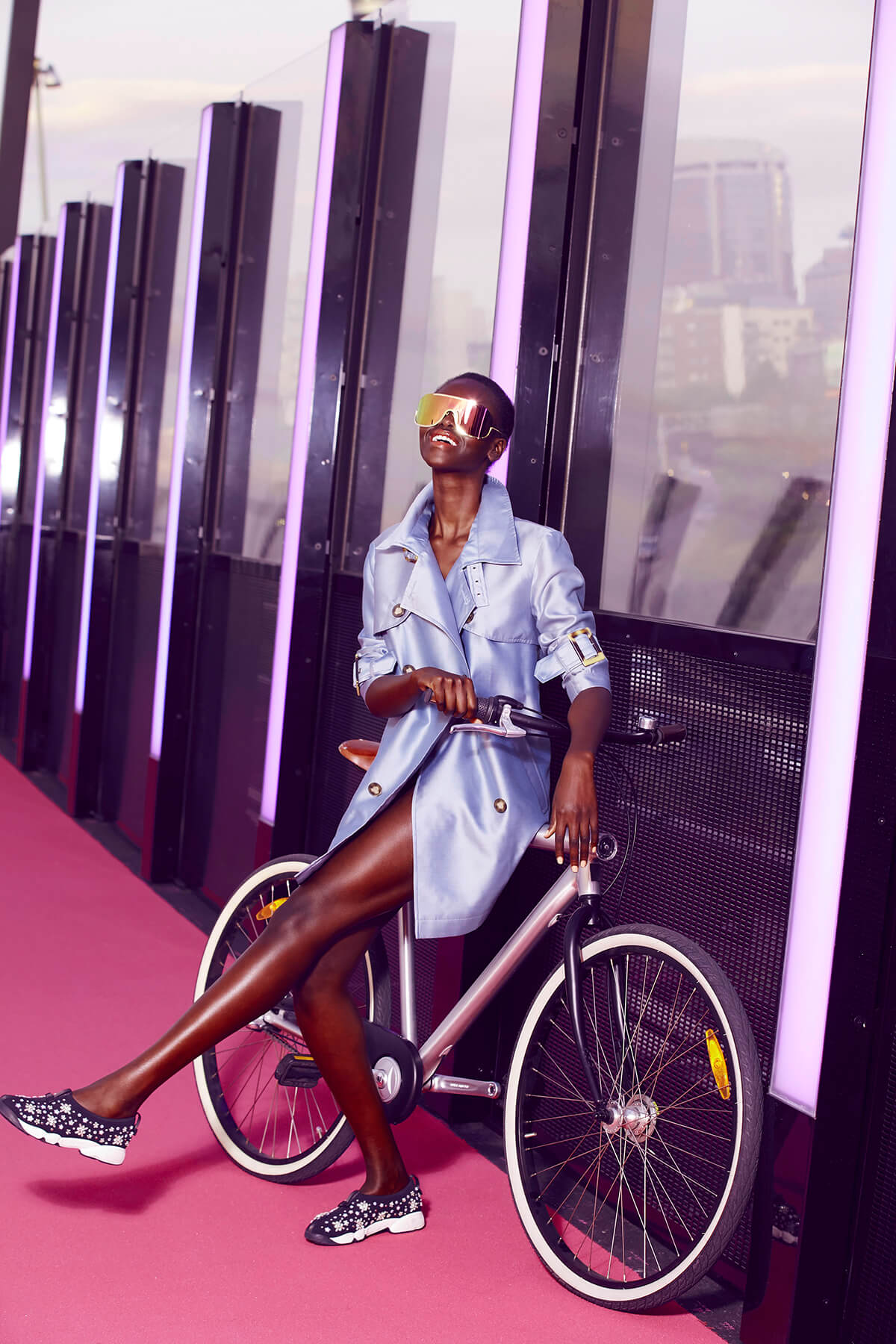
Urban connectivity
Aluminium plates, engraved with original Maori artist Katz Maihi artworks were subtly integrated into the western edge of the cycleway barrier. In addition to this, the pink surfacing was concluded at its northern end in another 27 metre long original artwork that morphed the surfacing back to asphalt.
Soundtrack
The project is a bold statement in Auckland’s urban realm, illustrating movement, speed and aspiration. It takes on the often overused definition of urban connectivity and profoundly redefines it with a persuasive use of colour, materiality and technology. In the process, it contributes to a dispersal of ones perception of what it is to move about a city with an intoxicating cycling, pedestrian and transportation event.
„Can’t resist the strange attraction
From that giant dynamo
Lots to take and lots to give
Time to breathe and time to live“
ABBA, Summer Night City
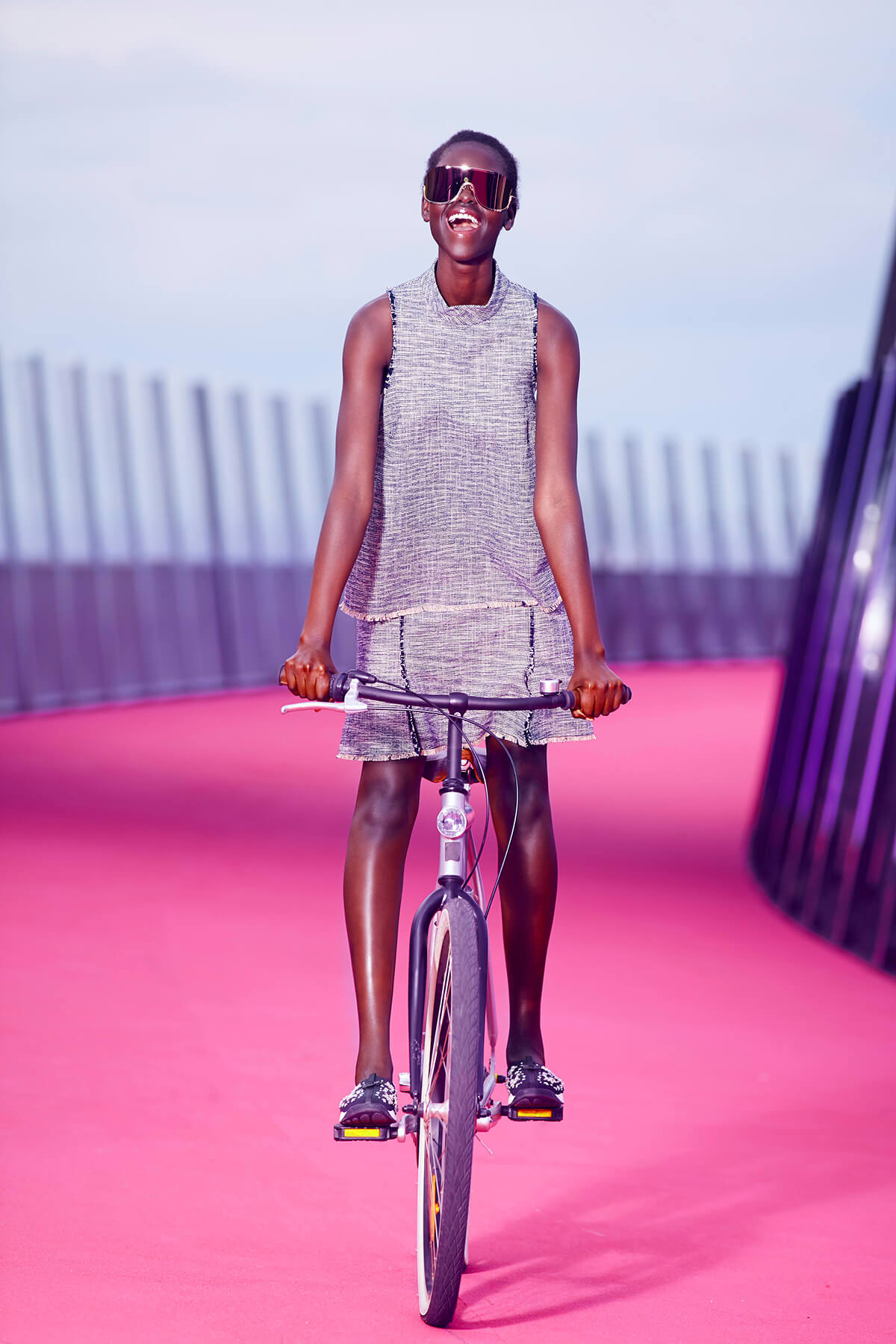
We did this.
Designer
Monk Mackenzie
Level 3, 23 O’Connell Street
PO Box 3457
Shortland Street
NZL — Auckland 1010
Opening
2015 & 2017
Construction management
GHD
Gansen Govender, Stephen Cummins
GHD Centre Level 3
27 Napier Street
Freemans Bay
NZL — Auckland 1010
Design
LandLAB
Level 2, 17 Sale Street
Freemans Bay,
NRZ — Auckland 1010
Photographs
MMA
Russ Flatt
Text
Johannes Bühlbecker
More Sports Media
Videos
Follow us!
Want more?
Visit our Blog
Freiburger Turnerschaft
Outdoor for Everyone.
Itaka Arena
Architecture and Material
Skakkeringen
When being outside feels cooler than staying inside.


